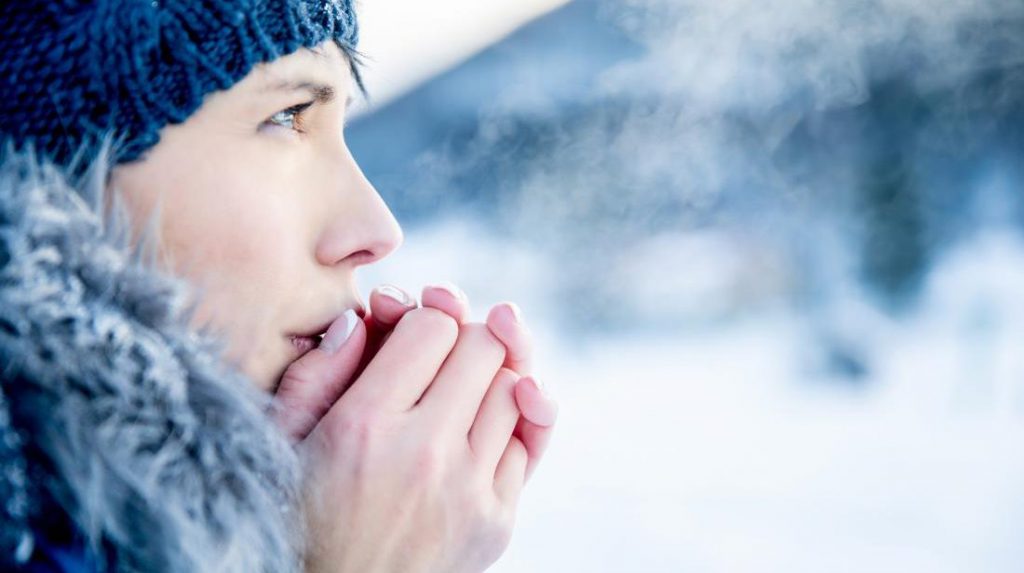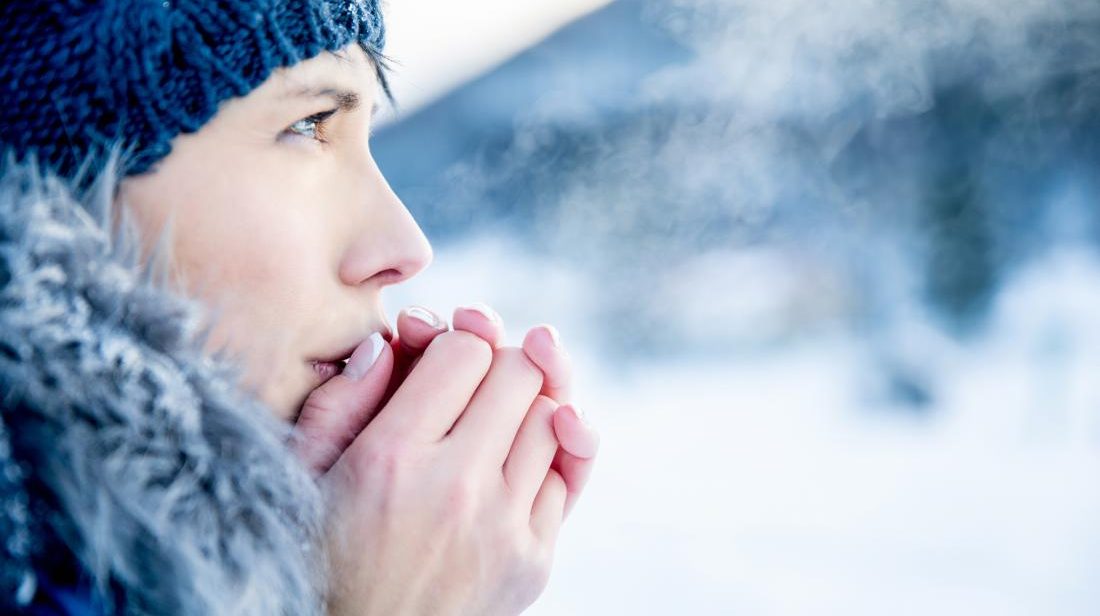 The colder weather has certainly started to set in over the past week or so; and with the summer we’ve had, the recent weather has come as a shock to most! – it has certainly lead to an increase in the number of people suffering with muscular and joint aches we have been seeing in the clinic of late.
The colder weather has certainly started to set in over the past week or so; and with the summer we’ve had, the recent weather has come as a shock to most! – it has certainly lead to an increase in the number of people suffering with muscular and joint aches we have been seeing in the clinic of late.
As the shorter days and darker nights draw in, you may well have started to notice yourself that things just seem to feel like they ache more in the chillier weather (particularly those old injuries). But you’ll be glad to know that it might not all just be in your head and that there may indeed be several scientific reasons to explain why you are feeling this way.
For a long time it was thought that the change in barometric pressure in the atmosphere this time of year was responsible for an increased inflammatory response within our joints; however it appears that it may not be as simple as that and that the increased aches and pains experienced in the winter months are actually down to several neurophysiological and psychological responses in our bodies.
“Pain is our bodies way of saying that something isn’t right.”
We have millions of nerve sensors throughout our body that pick up signals and information about us and the environment around us. These sensors then report this information to our brain. So when exposed to something potentially dangerous such as extreme changes in temperature, our body sends a message to our brains that may be interpreted as pain.
However, most of us aren’t exposed to such extreme changes. So then why do we often hear of people complaining of more aches and pains in the winter?
One proposed cause of joint pain is that the colder weather can cause changes in the tissues around the joint; causing them to tighten and pull on the nerve endings, resulting in painful and stiff joints. This may particularly be the case in those who already suffer from irritable or arthritic joints.
Pain can also be down to a previous injury. When we break a bone, pull a muscle or overstretch a ligament, our body releases pain chemicals that tell our brains that we have damaged something. It is thought that this may cause the pain sensors in the areas of previous injury to become more sensitive and therefore more readily stimulated by cold temperatures.
As well as the physical causes of pain, it is also commonly understood that psychological factors such as increased stress can over stimulate the nervous system and alter the way your brain perceives pain. Happy, more positive people may experience pain less intensely than those who are less happy or positive. That means that grey skies, looming work deadlines and the stress of Christmas shopping this time of year could all be contributing to your winter aches and pains!
Another theory as to why things may hurt more when its cold outside is that when your body feels cold your veins will constrict (vasoconstriction) and restrict blood flow to your extremities in order to conserve heat and supply more blood flow to the centre of the body to protect the function of vital organs like your heart and lungs. This less blood flow to your limbs means that those areas get colder, which can cause stiffness and pain in muscles and joints.
One observation we have made in the clinic over the years is that people’s posture dramatically changes this time of year. With the uncomfortable nature of colder weather we all start to hunch up, with our heads stooped, shoulders rounded, hands in our pockets and shuffling feet (not too dissimilar to a penguin!) This change in posture can reduce our movement and put added stress on our muscles and joints leading to increased aches and pains.
Another observation and potential contributing factor to winter time pain is that the colder weather and shorter days can discourage exercise with most deeming it too cold or too dangerous to go outside and exercise. This break in activity levels is the worse thing for your body if you already suffer from aches and pains, as the reduced exercise will lead to stiffness and weakness that may further exacerbate your issues.
Whatever the cause, winter stiffness and achiness is something nearly all of us experience. Luckily it is also something most of us can avoid with a few simple changes.
Here’s a few of our top tips for staying pain free this winter:
- Keep Warm – make sure that when you go out you have the adequate number of layers for the conditions. Wear gloves and base layers to retain some heat in the limbs. Being more comfortable in the cold weather will also help maintain your posture.
- Try a Vitamin D supplement – know as the sunshine vitamin, most of us will lack the correct amounts in our diet alone this time of year. A reduction in vitamin D can affect your energy levels and in turn your mood. Try supplementing your diet with vitamin D or eating more foods sources.
- Maintain good posture – avoid putting your hands in your pockets and instead remain upright and let your arms natural swing by your side to maintain movement in the joints and muscles. This will also help increase blood flow to the limbs.
- Don’t let the cold weather affect your exercise habits – if too dangerous to train outside, instead opt for indoor activities this time of year. Try joining a gym or attending exercise classes to maintain the health of your body in the winter months. Above all “make sure that you warm up?” before exercise.
If you find the winter weather is causing you to have achy hips and knees or a stiff neck and shoulders, then our specialist team are here for you.
Enquire today to see how we can help you.
